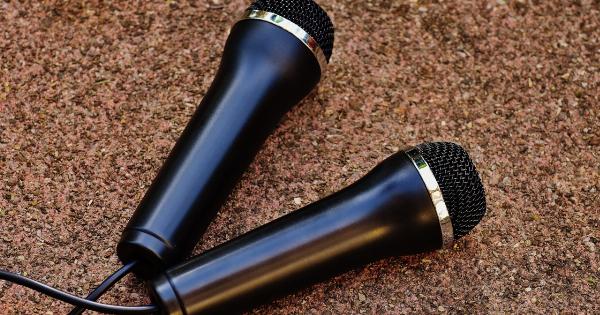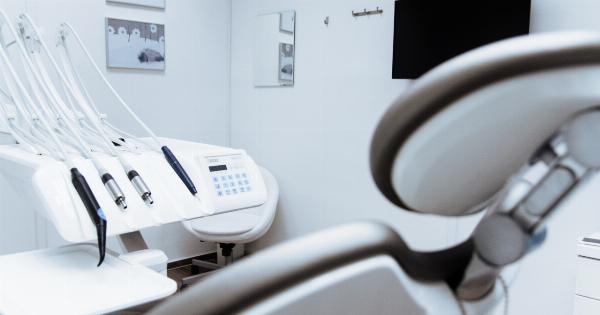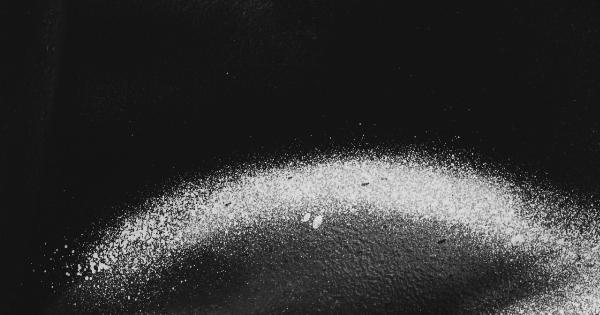Plastic is a common material that is used in our daily lives. It is found in most things we use, from cups to toys, and from packaging to medical equipment.
However, plastic can be hazardous, and when it’s near the nose, it can be particularly dangerous. In this article, we will discuss how plastic near the nose can damage the vocal cords.
What are vocal cords?
Vocal cords are two bands of tissue in the larynx, also known as the voice box. These bands are responsible for producing sound when air passes through them.
When we speak, the vocal cords vibrate, creating sound waves that travel through the throat, mouth, and nose, giving us our unique voice.
How does plastic near the nose damage vocal cords?
When plastic is near the nose, it can cause damage to the vocal cords in several ways. For example:.
- Obstruction: Plastic toys or other objects that obstruct the nasal passageways can make it difficult to breathe, causing the vocal cords to work harder than usual to produce sound. This extra strain can damage the vocal cords over time.
- Inflammation: Plastic materials may contain harmful chemicals that can irritate the nasal passages and cause inflammation. Inflammation in the area surrounding the vocal cords can trigger a protective response that causes the vocal cords to swell and become damaged.
- Exposure to toxic materials: Plastic containers that contain harmful chemicals, such as bisphenol A (BPA), can release these chemicals into the air around them. As we inhale these chemicals, they can damage the vocal cords.
What are the symptoms of vocal cord damage?
The symptoms of vocal cord damage can vary depending on the severity of the damage. Some common symptoms include:.
- Hoarseness or loss of voice
- Difficulty speaking or singing
- Inability to hit high notes
- Pain or discomfort while speaking or singing
- Frequent coughing or throat clearing
- Throat irritation or dryness
How is vocal cord damage treated?
The treatment for vocal cord damage depends on the severity of the damage. Mild cases of vocal cord damage may be treated with rest, hydration, and speech therapy. More severe cases may require surgery or other medical interventions.
How can vocal cord damage be prevented?
Preventing vocal cord damage is relatively straightforward. Simply avoid exposing yourself to plastic materials near your nose as much as possible. Some things you can do to reduce your exposure to plastic include:.
- Use glass or metal containers: Instead of using plastic cups or bottles, opt for containers made of glass or metal.
- Avoid plastic toys: Children’s toys made of wood or other materials are often safer than plastic toys.
- Choose natural fibers: When purchasing clothing or bedding, look for items made of natural fibers like cotton, silk, or wool instead of synthetic materials.
- Avoid plastic packaging: When shopping for food or other items, try to choose products that come in non-plastic packaging.
- Use air purifiers: If you live in an area with high levels of pollution, using an air purifier can help remove harmful chemicals from the air.
Conclusion
While plastic is a useful material, it can be hazardous when it’s near the nose. Inhalation of plastic chemicals can damage the vocal cords and cause a range of symptoms, including hoarseness, difficulty speaking, and pain.
To prevent vocal cord damage, avoid exposing yourself to plastic materials near your nose, and choose safer alternatives like glass, metal, and natural fibers.






























